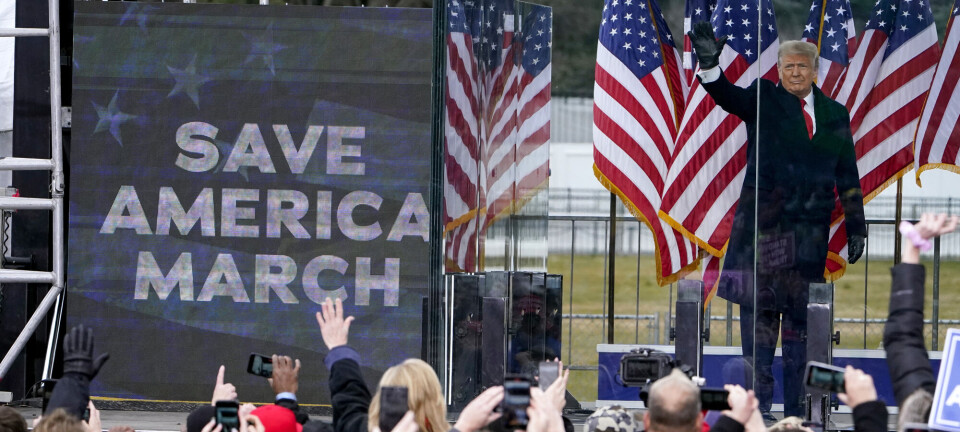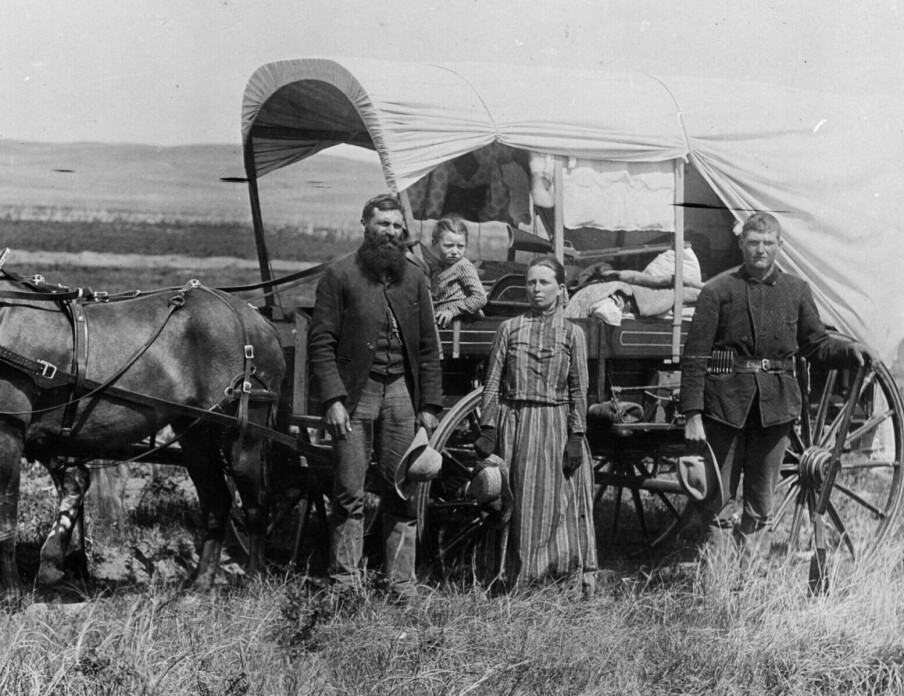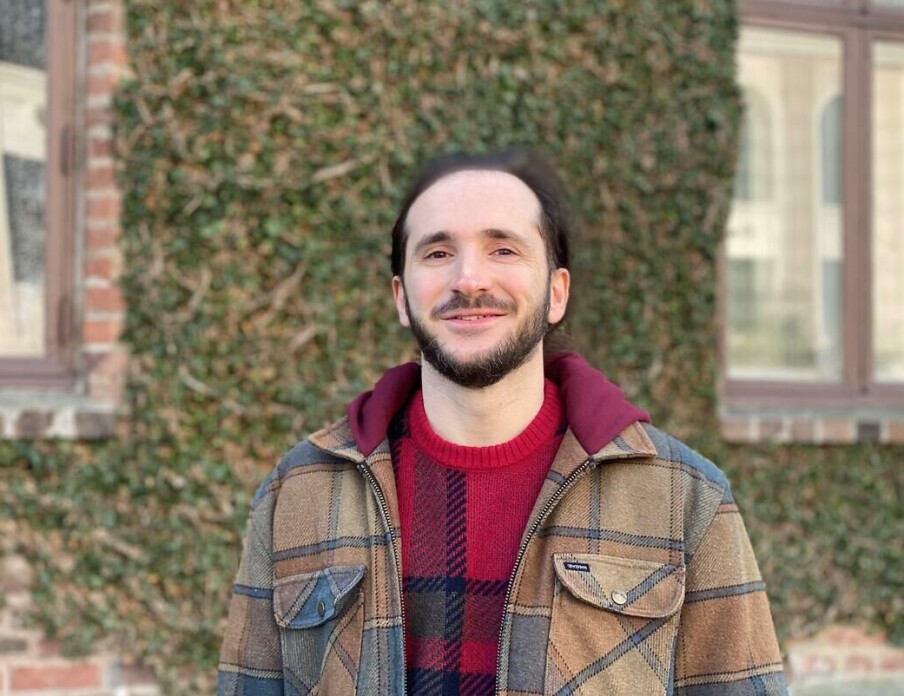Opinion:

The path towards reclaiming Indigenous place names is long and arduous
OPINION: The Indigenous peoples’ struggle for the right to call their land by 'its true name' continues. Ella Marie and Katarina Barruk’s recently released song is a reminder of that.
Although the issue of recognising and protecting Indigenous place names has been the subject of heated debate and activism over several decades, it remains highly topical worldwide, particularly in the Arctic.
The recently released Sámi song Oahpes Namat (The names we know) by Ella Marie and Katarina Barruk reminds us that the struggle of Indigenous people for the right to call their land, in the words of singers, by 'its true name' continues. The song was released in October this year.
Restoring Indigenous place names on maps and in everyday language is an important step toward social justice.
Indigenous place names are more than just geographical designations. They carry history, culture, and identity, representing a living tradition that connects people to their surroundings. Yet, throughout history, these names have been overshadowed and distorted by colonial power structures, contributing to the erasure of Indigenous presence and history.
Naming as an exercise of power over space
Naming is never a neutral act; it is always political. Every place name carries a logic and a power structure. Whether it is a ruling elite, a privileged class, a king, or a dictator, certain social groups and individuals exercise the authority to name places in accordance with their values, celebrated historical events, and honoured figures, while others do not. Thus, the disparity of power is replicated in the space around us.
Through colonisation, place names have been used as tools to control and legitimise territories. Colonial cartographic traditions saw new lands as terra nullius, a place void of history and culture that is 'waiting' to be named and mapped.
Such colonial mapping of territories erased Indigenous place names, and with them the connection between Indigenous peoples and their lands, from both maps and collective memory, thus contributing to the marginalisation of Indigenous peoples and their cultures.
One example of this can be found in Cambridge Bay in Nunavut, Canada. This name was given by British and Canadian explorers in the 1880s and does not reflect the area's history or significance to its original inhabitants.
The original name, Iqaluktuuttiaq, means 'the good fishing place' and tells a completely different story – a story about the landscape, resources, and the people who have known and used these lands for generations.
Indigenous place names as a mirror of Indigenous people’s worldview
Indigenous place names are often rooted in experiences, sensory impressions, and deep knowledge of the landscape. They offer a window onto a different worldview, a different relationship between nature and humans: one of coexistence, where humans are part of nature rather than being 'the other', 'the superior.'
Indigenous place names are descriptive; they tell of geographical features, available resources and historical events. They exist as a system in which the names relate to each other as a chain of experiences and stories. Passed orally from generation to generation over hundreds of years, Indigenous place names serve as a vital aide for wayfinding and the transfer of accumulated knowledge.
By reintroducing and valuing these names, we can help create a society that is more just, inclusive, and respectful of those who came before us.
In some cases, the disregard of Indigenous place names and centuries-old wisdom they encapsulate has had catastrophic consequences.
The Great Alaska Earthquake of 1964, the strongest ever recorded in North America to date, caused enormous destruction, including a landslide in the Turnagain Heights neighbourhood of Anchorage with 75 homes reportedly destroyed.
The ground subsided more than 10 metres and shifted more than 350 metres from its original location.
Today, the area where the destroyed neighbourhood once stood has been transformed into Earthquake Park, with memorials and information panels telling visitors about the history of Anchorage before and after the earthquake.
One of these panels reminds us of the Indigenous name for this area: Nen Ghiłgedi’, which means 'rotten land.' This name indicates that the Dena'ina, the Indigenous people of this part of Alaska, were aware of the instability of the soil in this region and did not establish permanent winter villages or seasonal camps there.
As this example reminds us, learning Indigenous place names is a way to orient oneself – not just geographically, but also culturally and historically. By recognising and using these names, we can make Indigenous history and culture more visible, while also addressing the colonial structures that continue to influence us today.
Restoring Indigenous place names: a challenging and delicate mission
Restoring Indigenous place names on maps and in everyday language is an important step toward social justice. It is about more than visibility; it is about recognition and challenging the colonial power structures that still shape society.
The work of organisations like the Inuit Heritage Trust in Canada, which has documented and mapped thousands of Inuit place names, or Anchorage’s Indigenous Place Naming Movement, which has been transforming the most populous Alaskan city into a space where Indigenous place names are remembered and honoured, demonstrates how this can be done in practice.
However, bringing Indigenous place names into active use is not a straightforward task; rather, it is a laborious and delicate mission. On the one hand, Indigenous place names are often in languages that are unfamiliar to the majority population. This can make it difficult to integrate them into everyday language and maps.
A potential solution is to develop interactive maps where the names are not only displayed but also explained with their meanings and histories. This can help bridge cultural divides and increase understanding of Indigenous perspectives.
On the other hand, in the effort of restoring Indigenous place names, it is important to avoid a superficial or commercial use of Indigenous place names. When such names are used without respect for their original meanings, as seen in some examples from the tourism industry, we risk reducing them to decorative elements without genuine recognition of their meaning and cultural value.
The current path to reclaiming Indigenous place names is a vivid testimony that these place names are not just a part of the past; they are a key to understanding the present and shaping the future. By reintroducing and valuing these names, we can help create a society that is more just, inclusive, and respectful of those who came before us.
Read also:
Share your science or have an opinion in the Researchers' zone
The ScienceNorway Researchers' zone consists of opinions, blogs and popular science pieces written by researchers and scientists from or based in Norway. Want to contribute? Send us an email!































